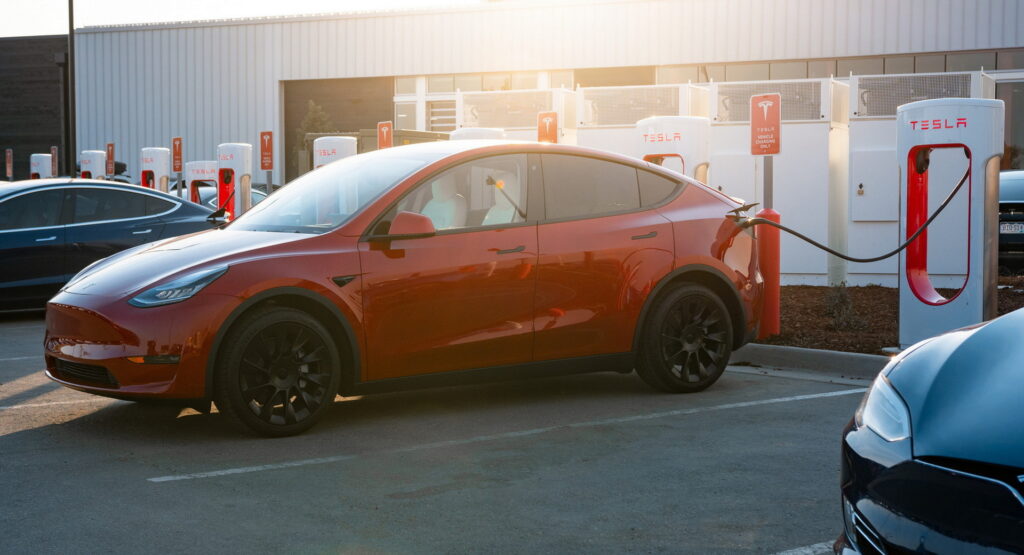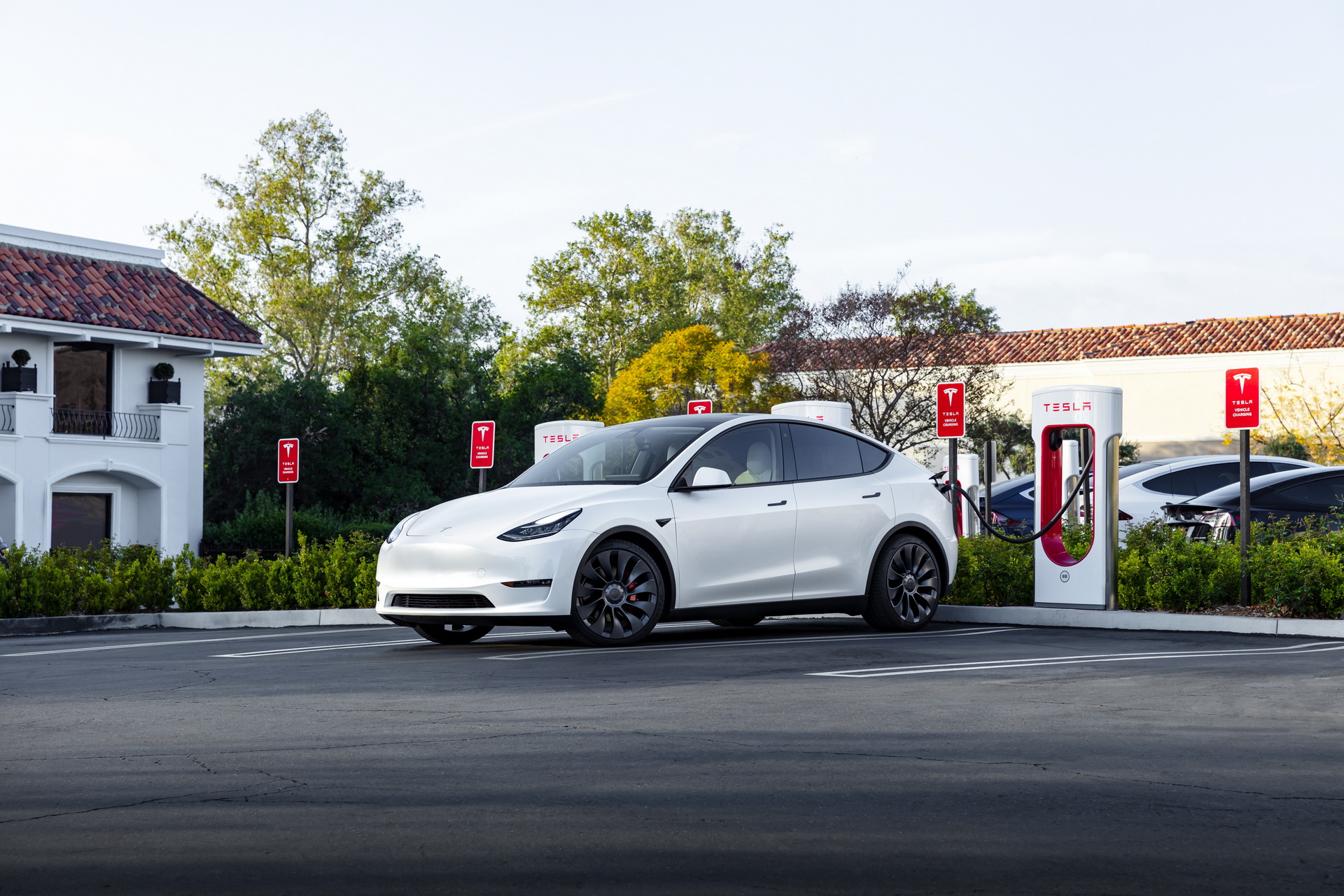Tesla told its California customers that, starting on Wednesday, September 28, the charging rate and off-peak hours would change at Superchargers throughout the state.
The update is one of several that Tesla drivers have been subjected to this year, and owners are complaining that the prices are rising. On Reddit, users have shared their experiences of pricing rates at Superchargers throughout the state.
Although prices vary from charger to charger, most report rising prices. For instance, u/xpntblnkx reported that Culver City, Hollywood, DTLA, Long Beach, and Irvine had peak rates of $0.55-0.65 per kWh. During off-peak hours, however, which run from midnight to 8:00 a.m. at those locations, the rates range from $021 to $0.41 per kWh.
More: Californians Should Charge EVs During The Day Not During “Off-Peak Hours”, Study Finds
Another user, u/michoudi, reported that in San Diego, prices had been $0.58 per kWh at peak times and $0.29 per kWh at off-peak hours. Now, however, Tesla has added a new middle tier for rates. At peak hours (8:00 a.m. to 5:00 p.m.), the rate is set at $0.57; in the mid-tier hours (5:00 p.m. to 11:00 p.m.), the rates are set at $0.35; and at off-peak hours (11:00 p.m. to 8:00 a.m.), the rate is set at $0.25.
Although the rates and hours vary greatly, these are not unusual prices and that electricity at many Superchargers is now set above $0.50 per kWh during peak hours, though some cost less. On average, rates are 30 percent lower during off-peak hours.
While the price increases likely reflect rates set by California‘s utilities companies, they point to the challenge faced by populations in adjusting to the modern energy needs and the makeup of the electricity grid.
Recent research from Stanford University, for instance, suggests that, given that much of California’s energy is generated with solar panels, it actually makes more sense to charge EVs between 8:00 a.m. and 5:00 p.m. Although this is when both Tesla and utilities companies charge elevated peak rates, it’s actually when the most power is being generated, and when it would be most efficient to use it, so rates should be set lower. Despite that, it’s likely also when the most drivers want to charge, and when chargers may be the most packed, which likely makes that hard advice to follow.





